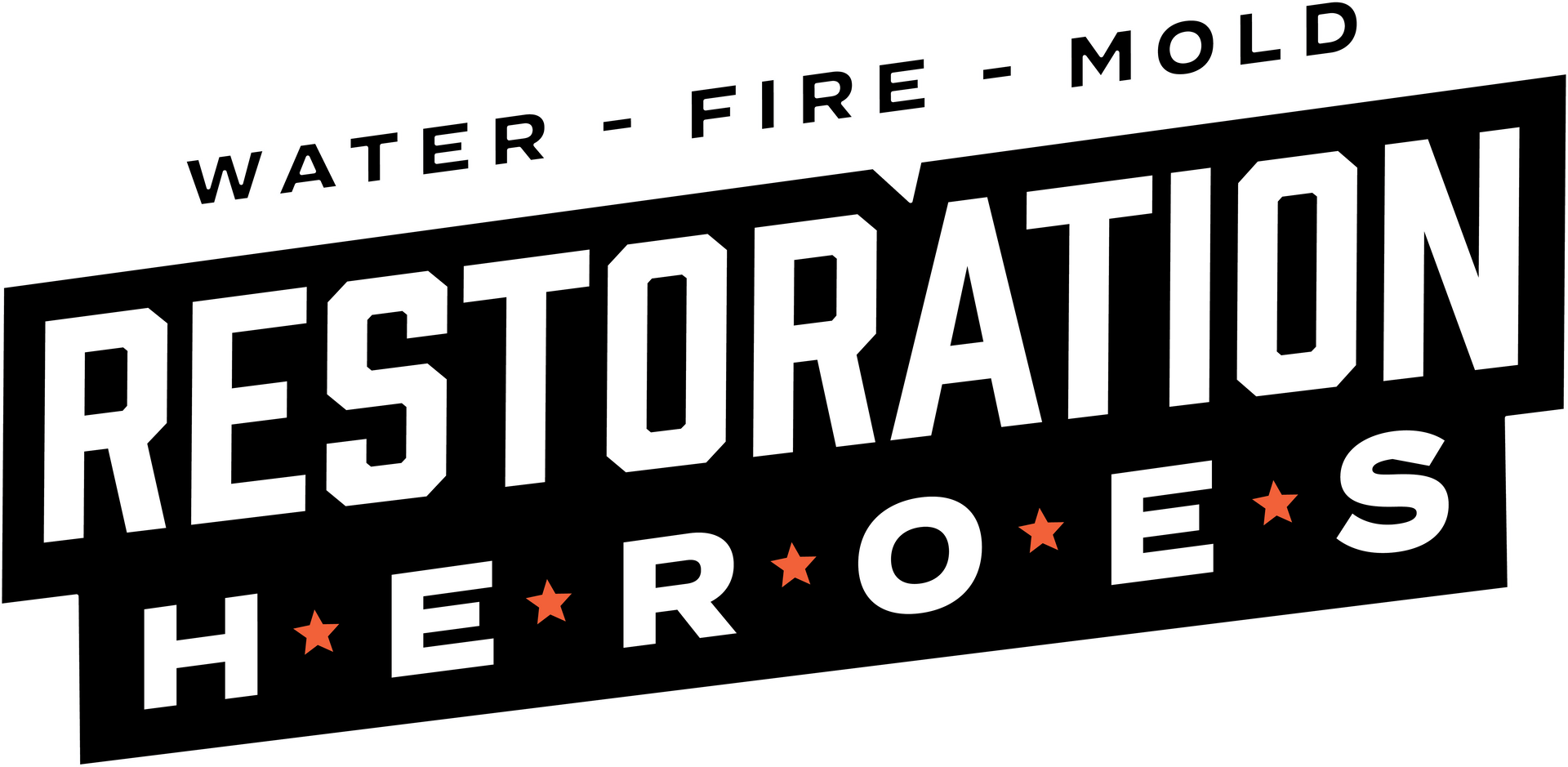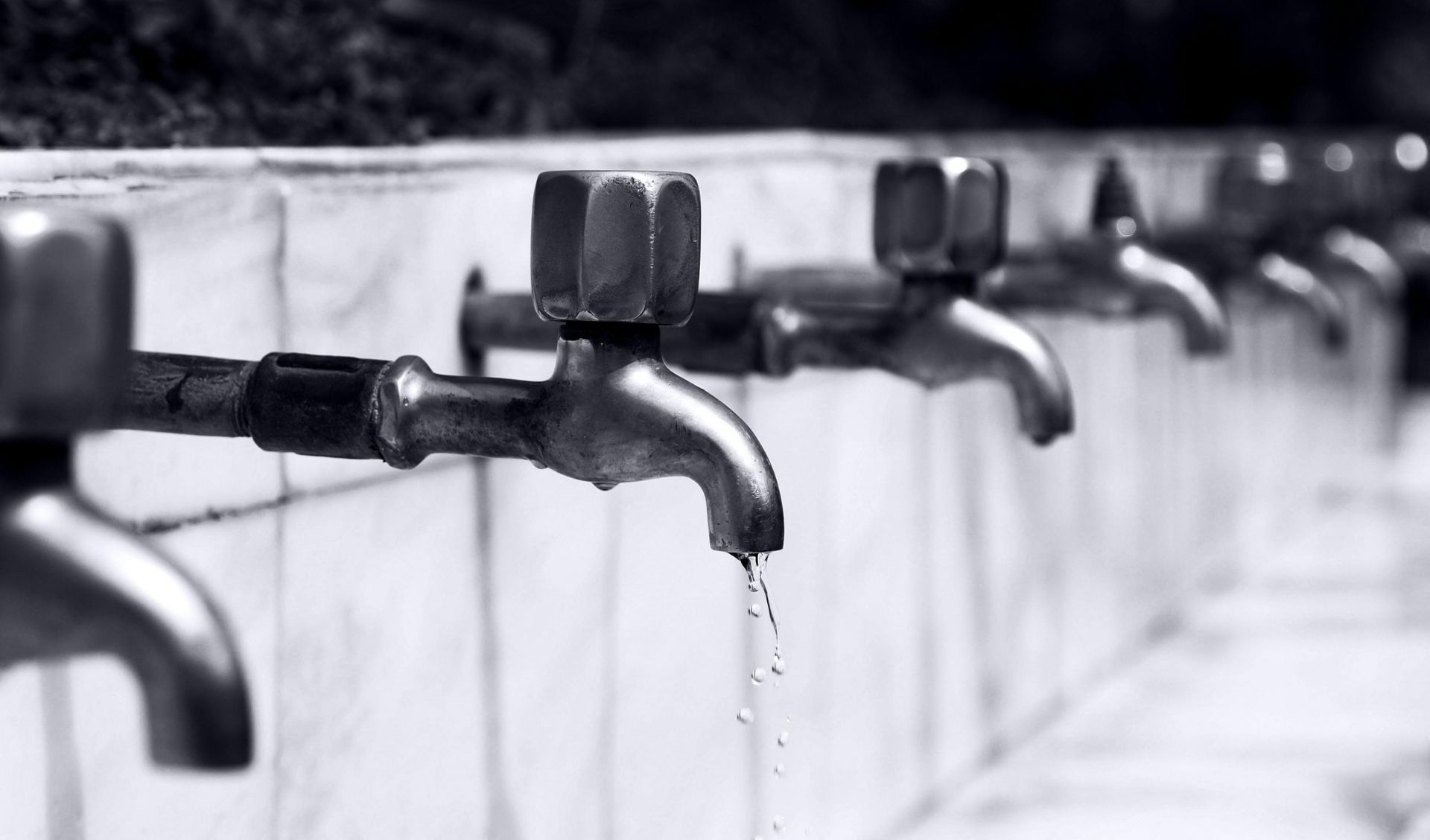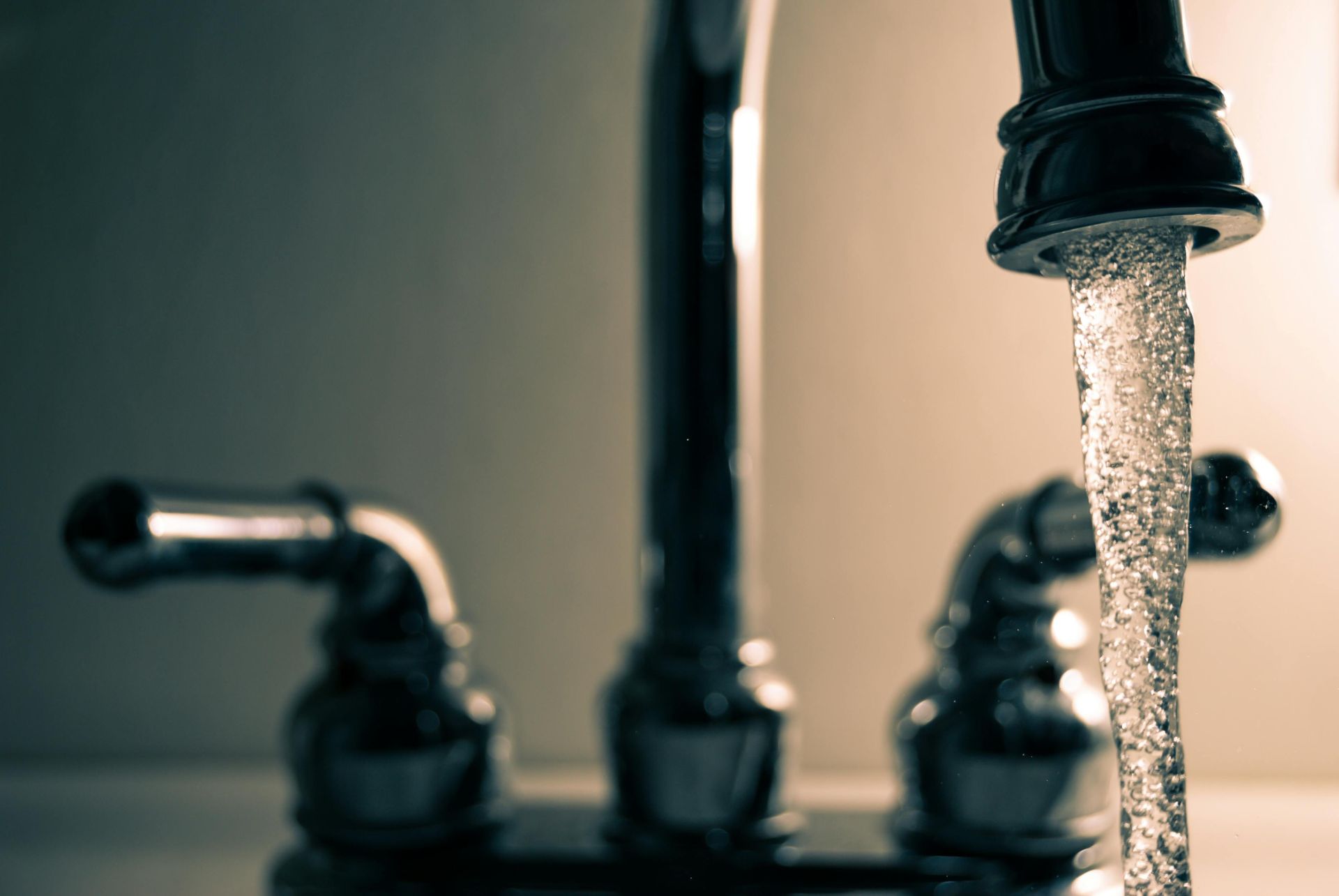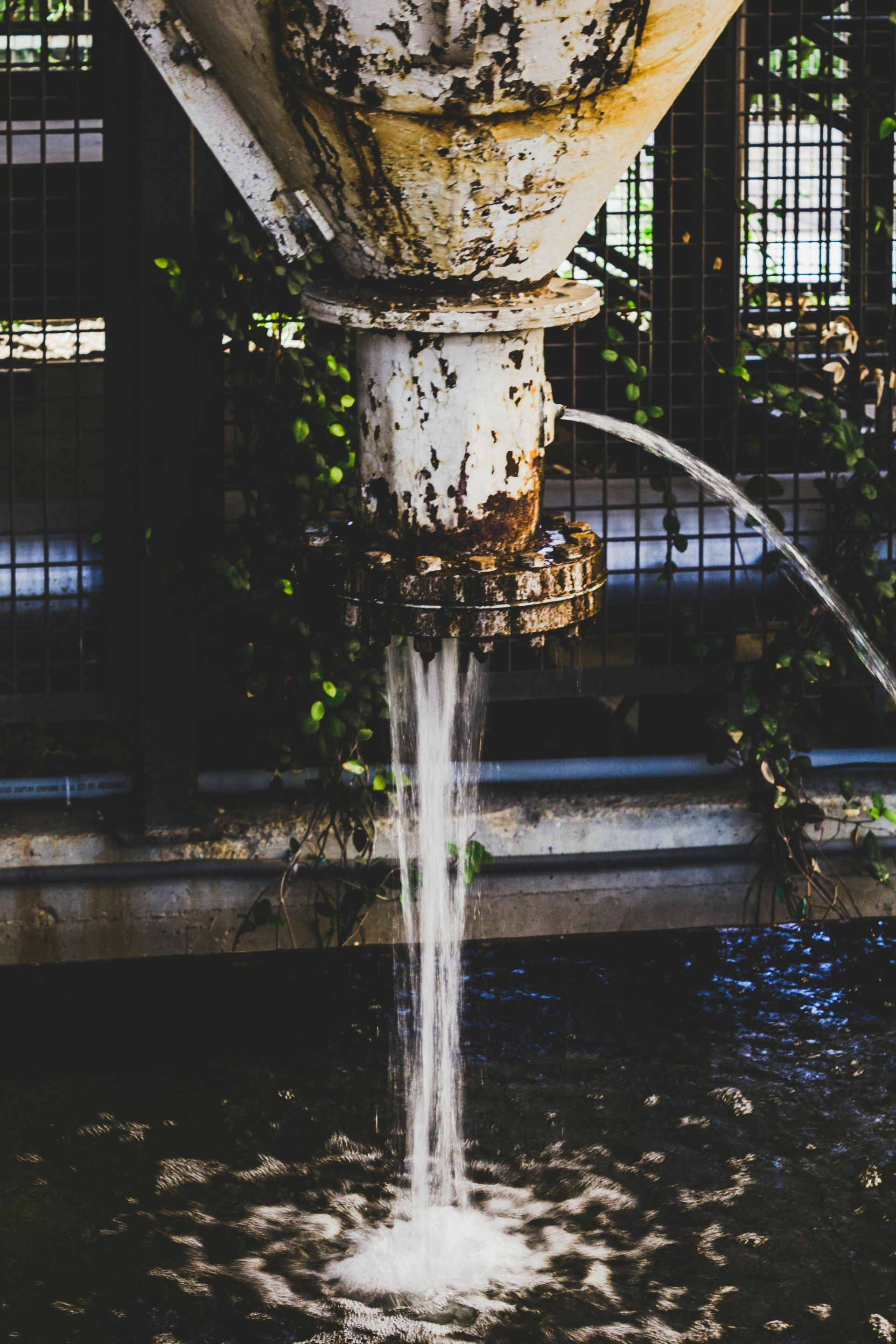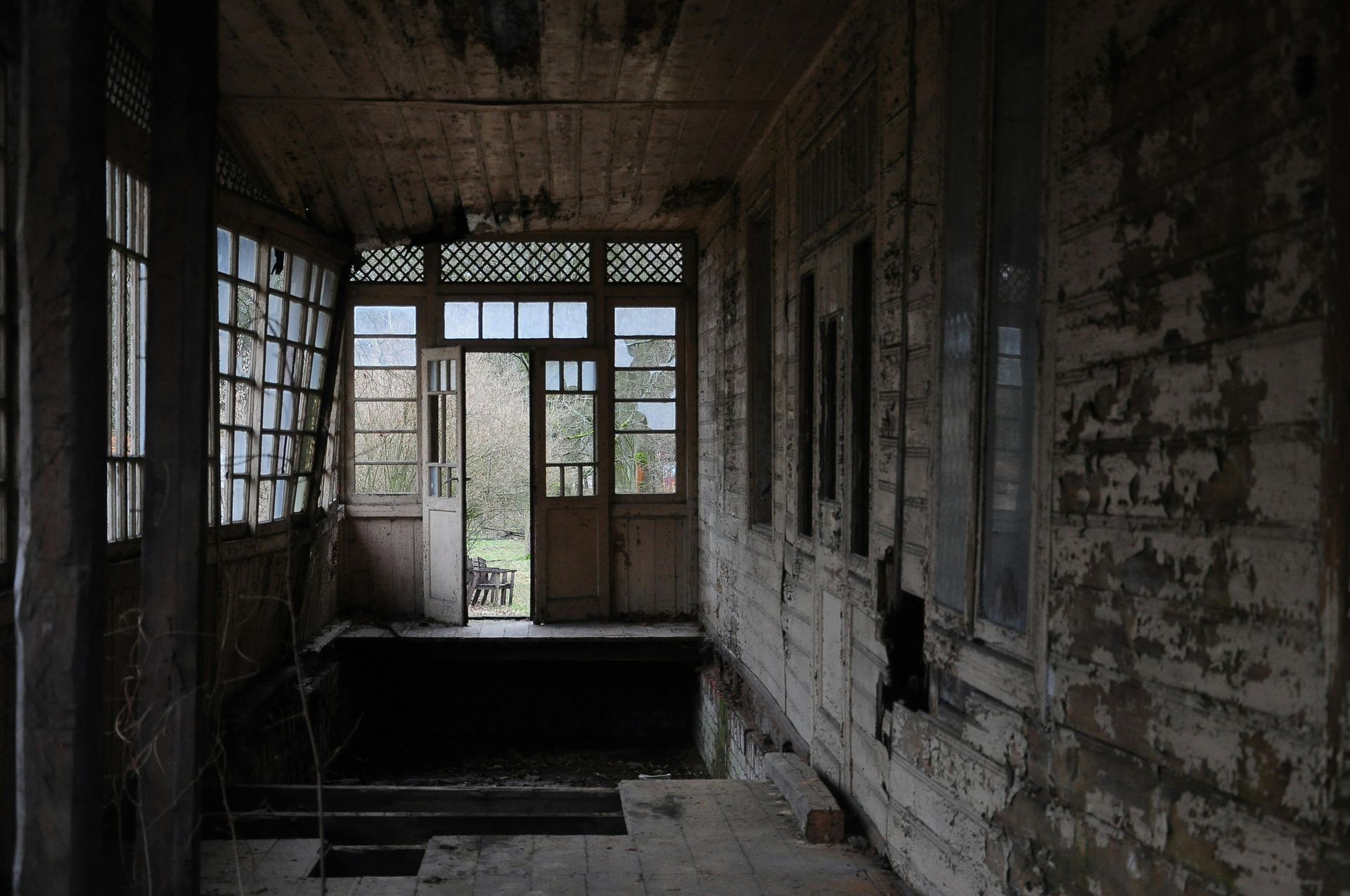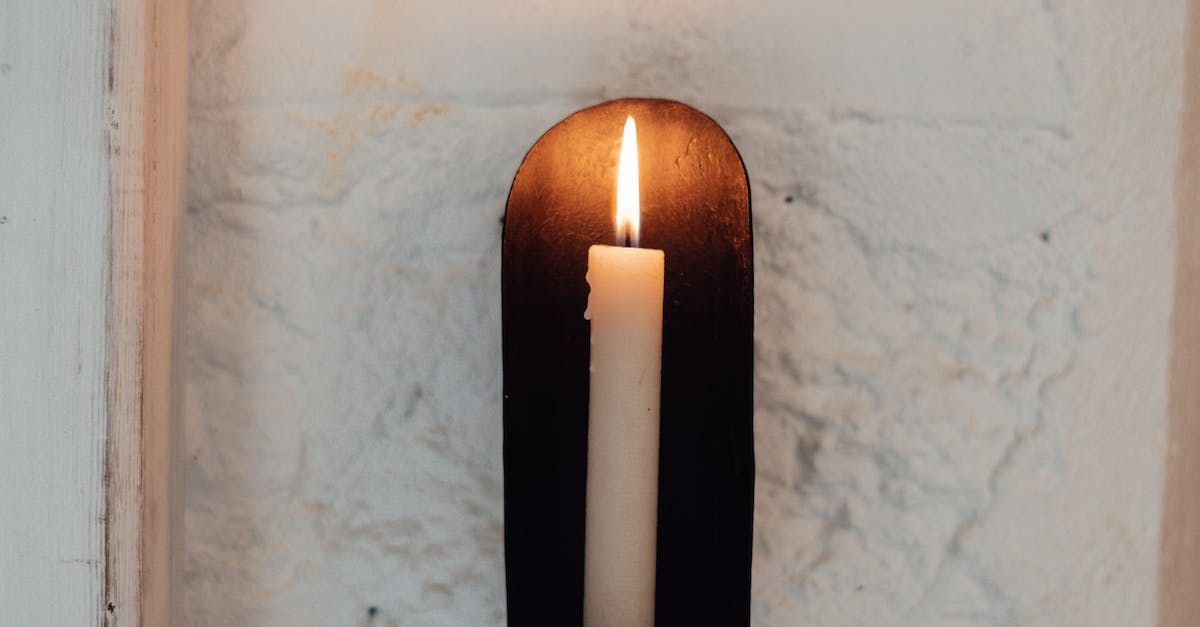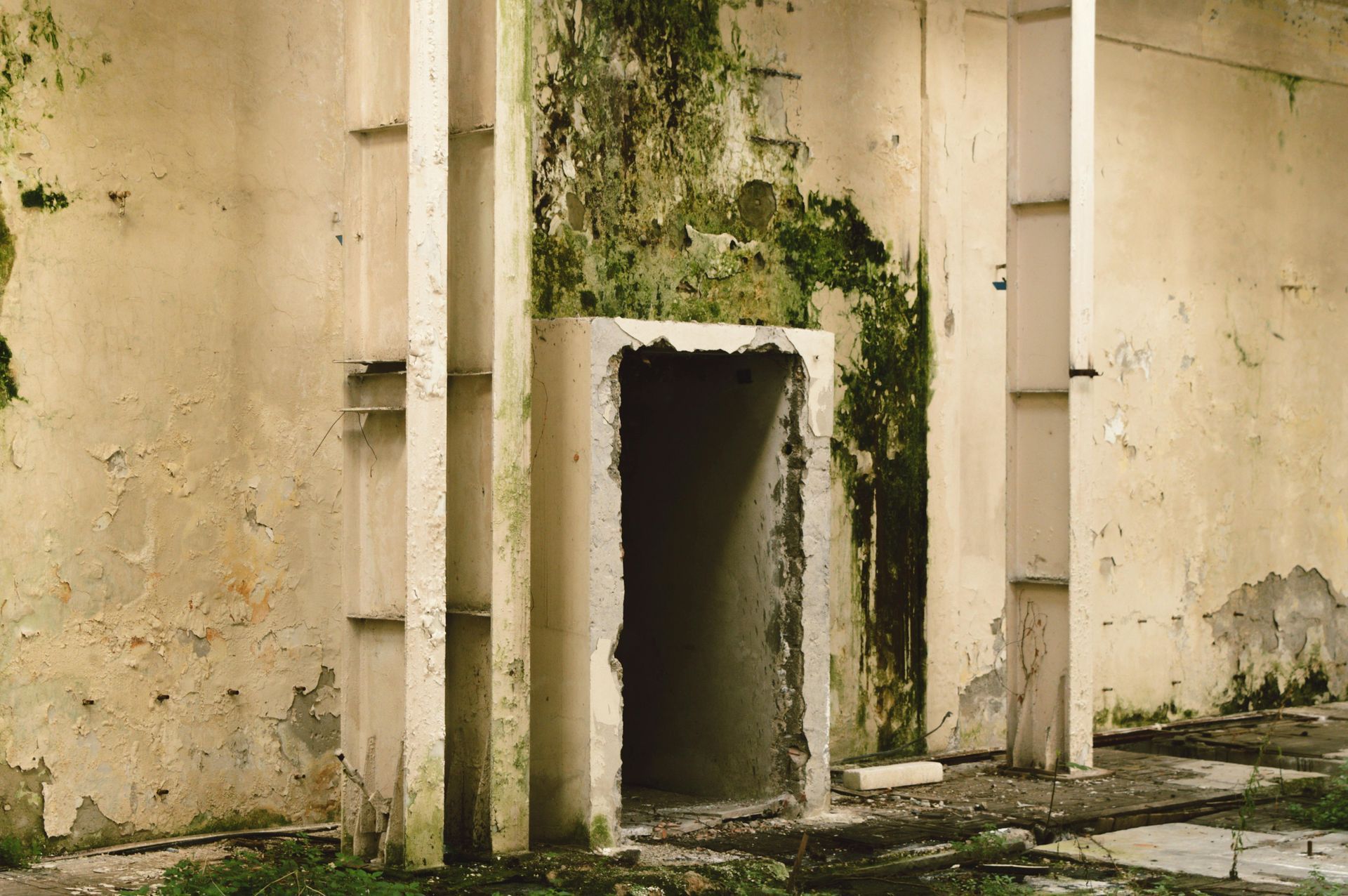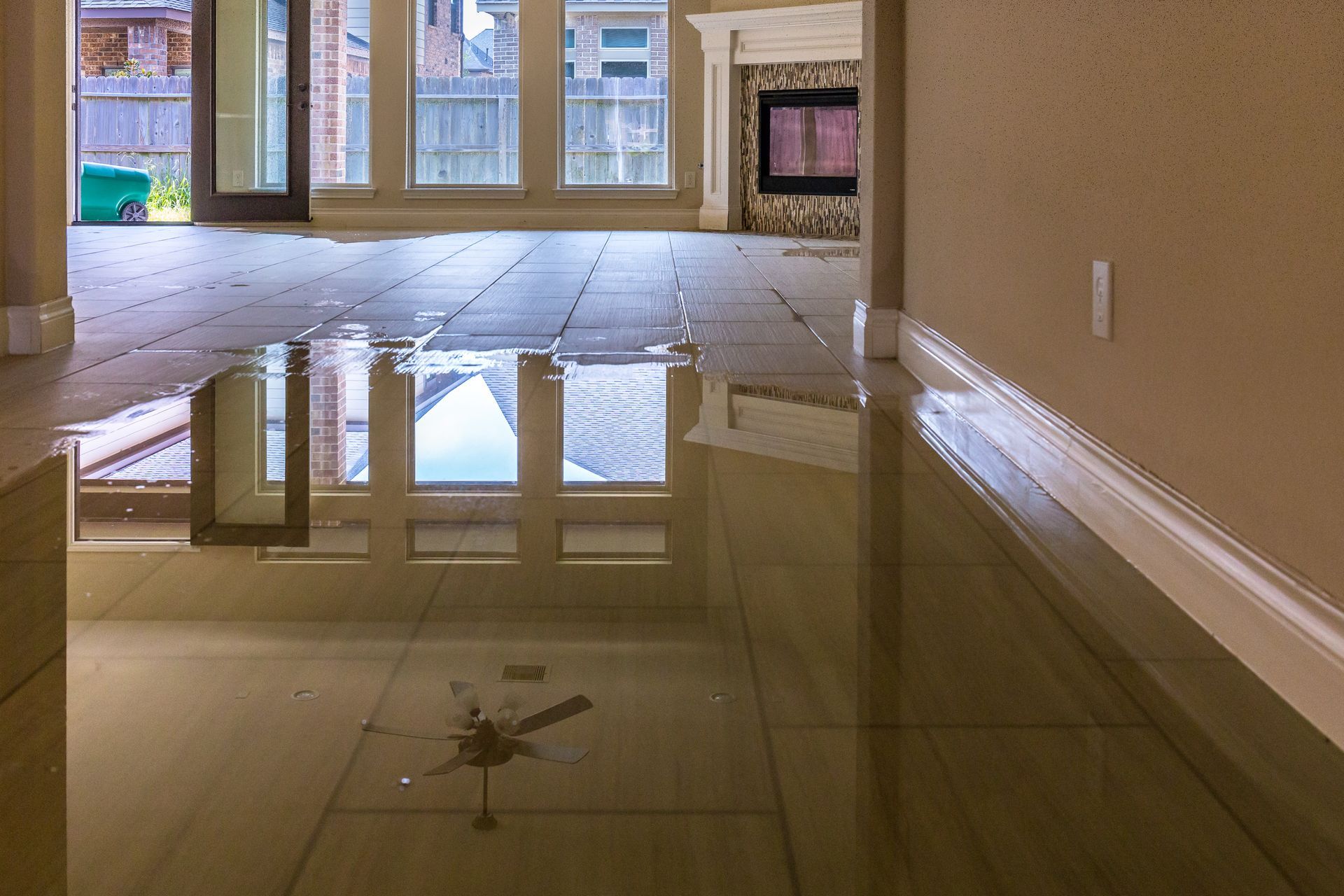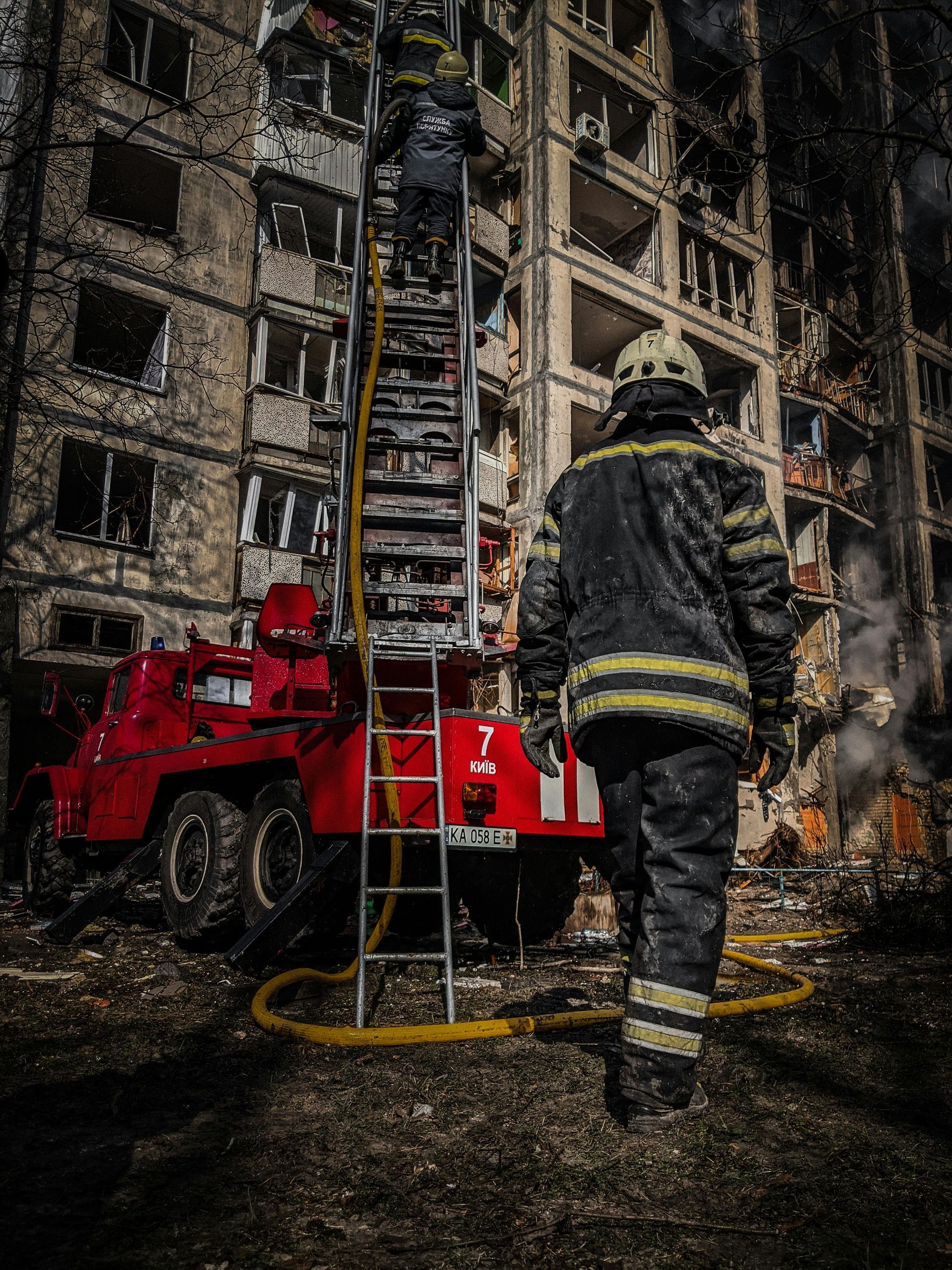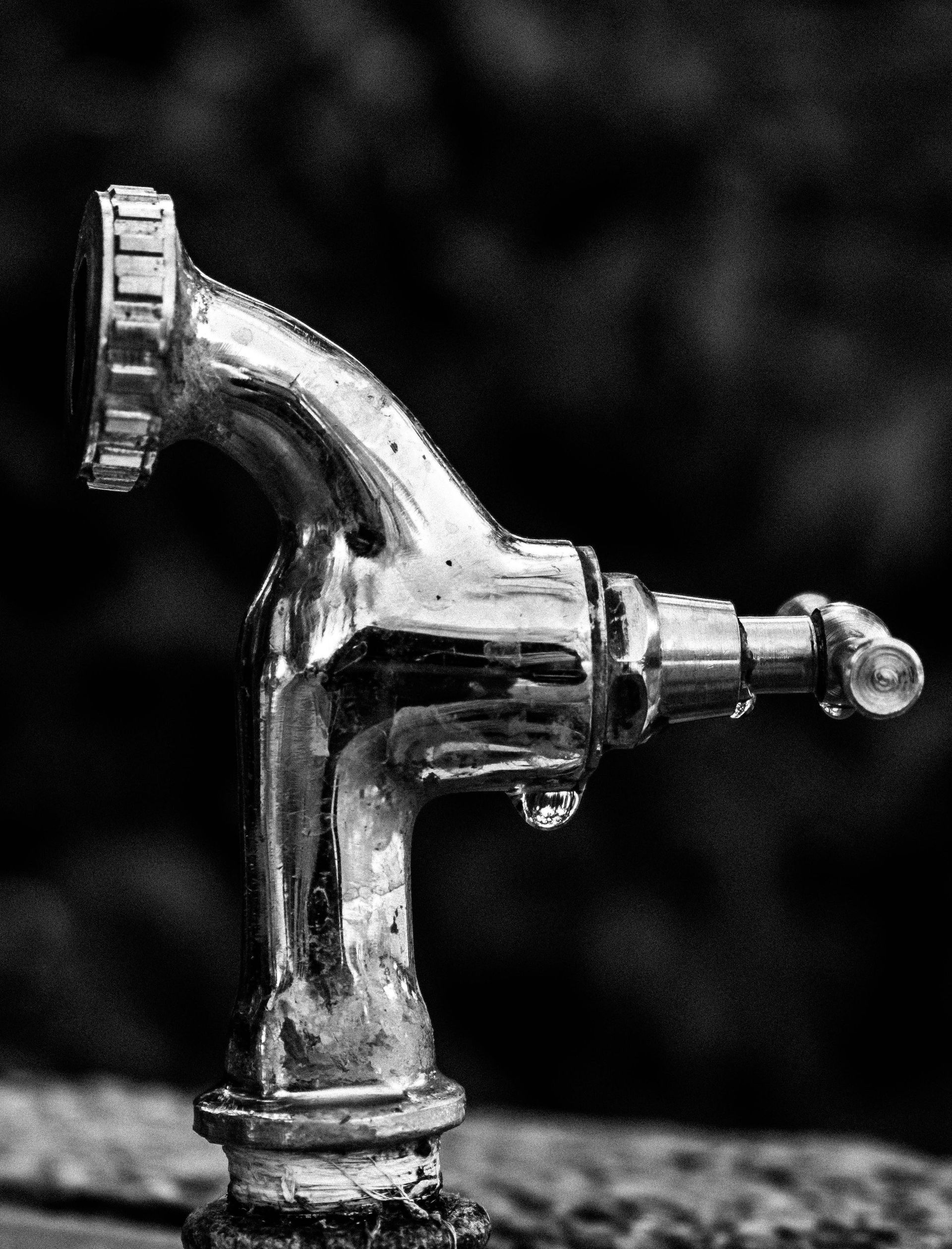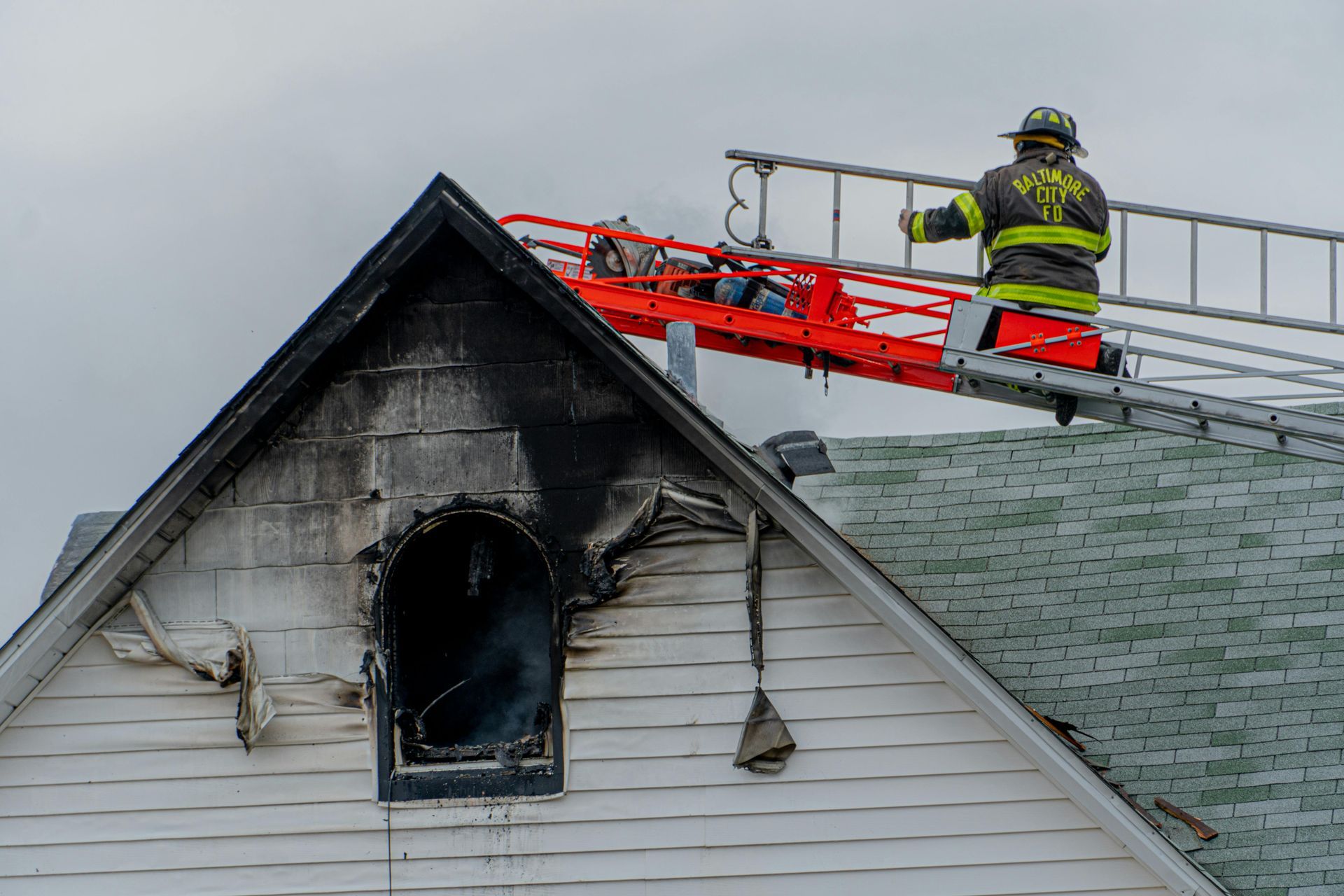Common Causes of Fire Damage in Homes
Unveiling Fire Damage Causes: Common Sources in Homes

Fire is one of the most destructive forces that can endanger a home and everything inside it. Every year, millions of homes suffer from serious fire damage, causing billions of dollars in losses for homeowners across America. It is, therefore, crucial to understand how fires start and spread, as well as take preventive measures to reduce the risk of fire damage in homes.
In this article, we will discuss the potential of residential fire damage causes, as well as how to effectively prevent and protect against such risks. We will also provide practical tips for homeowners on how to reduce the chances of fire injuries occurring in their homes and what to do if they experience a fire-related incident. By understanding the potential risks associated with home fires, we can take steps to help protect our homes and families from the danger of fire damage. By following our advice, you can keep your home safe and sound for years to come.
Fire Damage Statistics in Residential Settings
The devastation that causes fires is all too common, and the effects can be felt across entire communities. US Fire Administration reported that in 2021, an estimated $8,855,900,000 was lost due to residential fire damage alone. There are over 353 500 fire occurrences, and the emotional impact can be even more devastating.
The problem of fire damage isn't limited to just households. Businesses are also affected by fires, leading to costly losses that can have long-term impacts on communities.
Understanding the Nature of Fire
Fire is a chemical reaction that occurs when heat, fuel, and oxygen interact. Once the fire begins burning, there are various ways it can spread in residential settings. Some of these include conveyance through air currents, conduction from walls or other surfaces, radiation from hot objects to nearby combustible items, as well as direct contact between the flame and flammable objects.
When it comes to the impact of a fire, damage can range from minor to catastrophic depending upon various factors, such as the size of the blaze, temperature, and the types of materials that are burning. Even though some items may survive the initial flames, they can still experience collateral damage due to fire smoke or heat exposure. In addition, existing structures in the home can be affected due to fire, as charred walls and burning roofing materials weaken overall support.
Common Causes of Fire Damage in Homes
When a home fire strikes, the smoke damage can be devastating. Not only are people's precious possessions lost in a split second, but the smoke and water damage only add to the destruction. The physical impact of a home fire can be overwhelming, but it's important to understand how fires start and what preventative steps you can take to protect your home.
Knowledge of the common causes of fire damage is key to their prevention. Fires can start from natural disasters, faulty wiring, candles or other forms of open flame, cooking mishaps, and smoking indoors. By understanding the fire cause of a fire in your home, it's easier to identify what steps need to be taken to prevent one from happening again.
Cooking Equipment
Home fires caused by cooking equipment are, unfortunately, a very common occurrence. In 2019, it was reported that nearly 50% of all home structure fires were caused by cooking-related incidents such as unattended stoves or overheated oil. Without proper monitoring and caution, the consequences can be devastating.
Fortunately, there are steps homeowners can take to ensure their safety and prevention of these accidents. Make sure all cooking equipment is properly maintained for optimal performance. Use only non-flammable materials around the stovetop, such as a potholder or oven mitt, to handle hot items. Do not leave food unattended while cooking, and make sure to clean up any grease spills immediately. Keep combustible items away from the range top, and never leave cooking materials out on the stovetop.
Electrical Equipment and Faulty Wiring
Homeowners should be aware of the dangers posed by outdated, overloaded, or faulty electrical systems. Not only are these systems a potential fire hazard, but they can also cause significant property damage if a fire does occur.
Warning signs that may indicate an issue with your home's electrical system include flickering lights, sparks from outlets, warm switches and plugs, and blown fuses. If you notice any of these issues, it's important to address them immediately.
To prevent electrical fires in your home, make sure all outlets and switches are properly grounded and that wiring is up-to-date. If possible, invest in fire alarms or smoke detectors for additional safety. Additionally, avoid overloading outlets and never use extension cords as a long-term solution.
Heating Equipment
It is important to be aware of the potential fire risk posed by heating equipment. Space heaters, fireplaces, and wood stoves are among the most common sources of residential fires in the United States. It is important to ensure that all safety measures are followed when using these appliances. This includes avoiding the use of extension cords with space heaters, using screens to cover fireplaces, and regularly cleaning and maintaining wood stoves. Additionally, be sure to keep flammable materials, such as furniture and bedding, away from the heat source.
Regular inspections should also be conducted on all heating equipment to ensure it is functioning properly. This is especially important if the equipment has been damaged or repaired in any way.
Smoking in Bedrooms
Indoor smoking is a major cause of home fires and fire-related deaths. According to the National Fire Protection Association (NFPA), cigarettes are the most common material ignited in fatal residential fires. In addition, NFPA reports that about 20% of all home structure fires began with smoking materials.
Smoking in bedrooms is extremely dangerous as it increases the risk of a fire. While smoking outside is an obvious and simple solution, many people still smoke inside bedrooms due to various reasons. To reduce the risk of fire in these situations, smokers must always have a way to safely extinguish cigarettes. This includes having an ashtray or other receptacle for used materials and never leaving lit cigarettes unattended, even for short periods of time.
Candles
Candles can be a beautiful and inviting addition to any home, but when not properly attended to or placed in the wrong locations, they can contribute to disastrous fires. According to NFPA (National Fire Protection Association), in 2014–2018, more than 7,610 candle-related house fires have been reported in the US alone, resulting in over $278 million dollars in property damage.
When burning candles, it is important to keep them away from any combustible materials, such as furniture, curtains, and bedding. Candles should also be placed on a stable surface where they won't be easily knocked over by children or pets. Additionally, to avoid fires due to unattended candles, always blow out the flame when leaving a room or going to bed.
Flammable Liquids
Flammable materials, such as paints, cleaners, and solvents, can easily ignite when not stored and handled properly. Improperly stored flammable liquids are considered one of the primary causes of fire damage incidents in workplaces, properties, and other locations.
It is important to follow safety and storage protocols. First, check the labels of all flammables to determine what safety precautions are needed. In general, flammable liquids should be stored in their original containers in a cool, dry place away from direct sunlight or heat sources. The area around the container must also be well-ventilated. If possible, store highly flammable materials in designated metal cabinets, and never mix them with other materials.
Grills and Barbecues
Grilling and barbecuing can be great fun, but they also come with certain risks. Not only is there a risk of getting burned, but the open flame from a grill or barbecue is also capable of causing severe damage due to fire. While it's important to know how to stay safe while grilling, it's also essential to understand the potential fire hazards and how to protect yourself from them.
To begin, be sure to keep your grill or barbecue set up in an open space so that there is sufficient airflow for the flame. Never use a grill indoors, as this can cause smoke and dangerous levels of carbon monoxide buildup, which can quickly lead to health risks.
The Impact of Fire Damage on Homes
When a residential fire occurs, the resulting damage can be devastating on so many levels. Structurally, buildings and homes may suffer from smoke and soot damage, as well as water damage resulting from firefighting efforts. These effects can weaken foundations, create air quality concerns, and cause long-term structural risks if not addressed quickly by a trained professional.
Tremendous emotional and psychological damage can also occur after a fire. Homeowners often experience feelings of loss, fear, and confusion as they begin to assess their situation and move forward with the cleanup process. It is important for those affected by fires to find understanding and support from family, friends, or other professionals as needed during this time.
Fire Safety Measures and Fire Damage Prevention
Fire damage is a real risk for many homeowners, and taking the necessary steps to protect your family and property can be a lifesaving decision. Smoke detectors and fire extinguishers should be installed in all homes, and families should also create an escape plan in case of emergencies. Furthermore, regular maintenance and inspections of home appliances can help prevent fires and reduce the risk of extensive damage. Homeowners should also consider investing in homeowners insurance, with fire damage coverage being a particularly important benefit. This type of policy can help to cover financial losses caused by fires, making it invaluable when unexpected events occur. Taking these steps now can provide peace of mind and ensure that your family is protected from potential disaster.
Recovering From Fire Damage: Restoration and Rebuilding
Fire damage can be devastating to any home or business. The impact of a fire can range from minor smoke and soot damage to complete destruction of the property. It's important for homeowners and business owners to have an understanding of the different levels of fire damage, as well as what steps need to be taken in order to restore their property. Restoration Heroes has the experience and expertise to provide a full range of fire prevention and restoration services. They can help you assess and mitigate the damage caused by fires, smoke, and soot. It is important to contact professionals as soon as possible in order to minimize the impact of your fire damage. With Restoration Heroes, you can rest assured that your property will be restored safely and quickly. Call us today!
